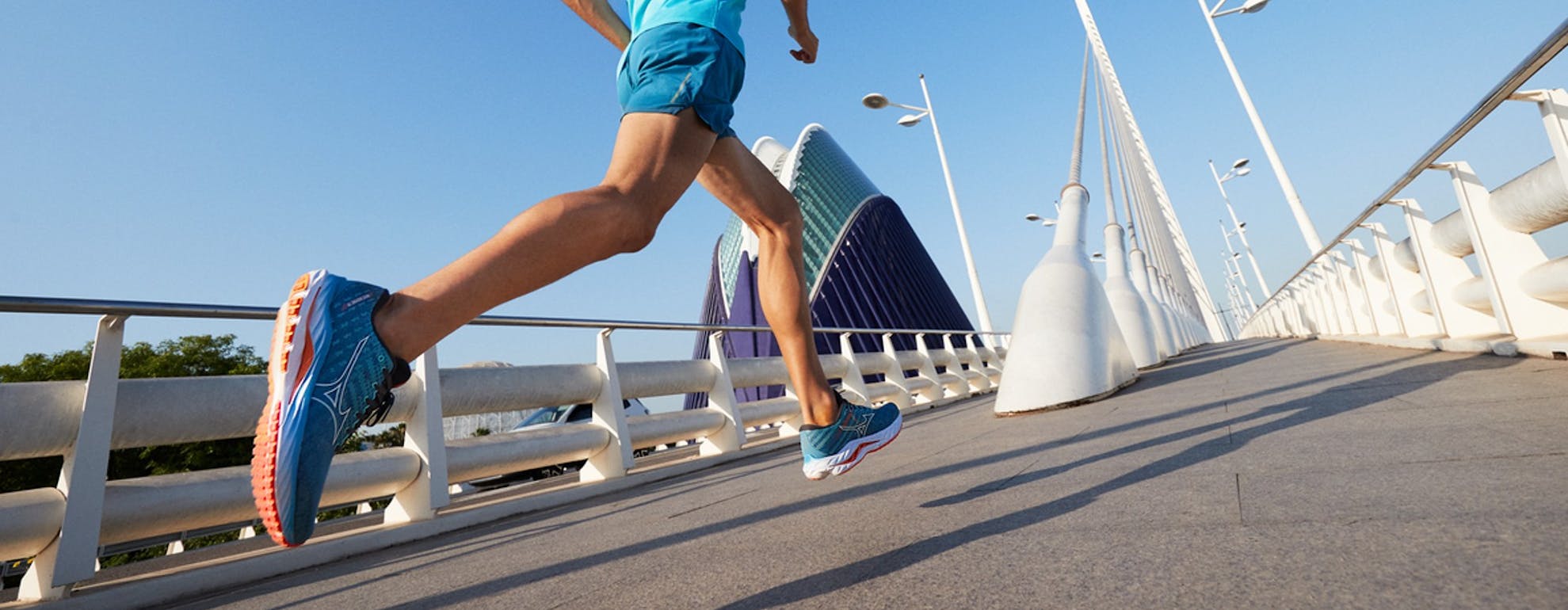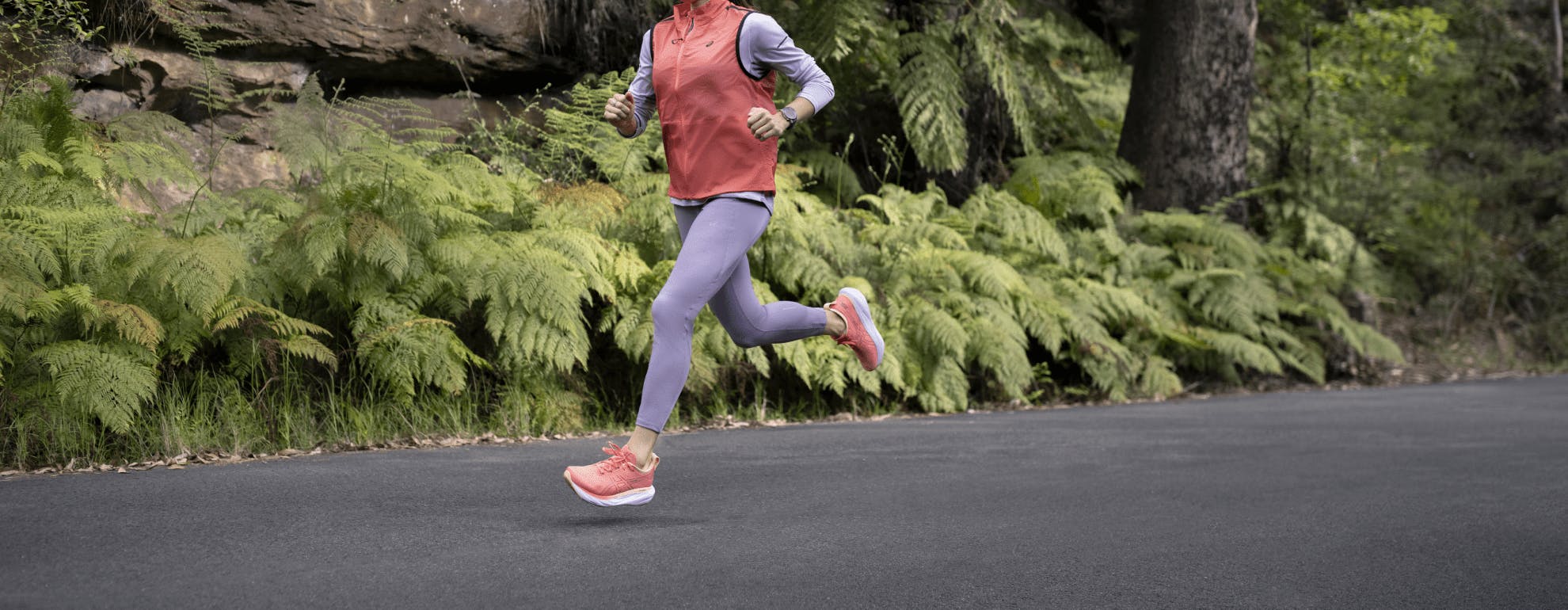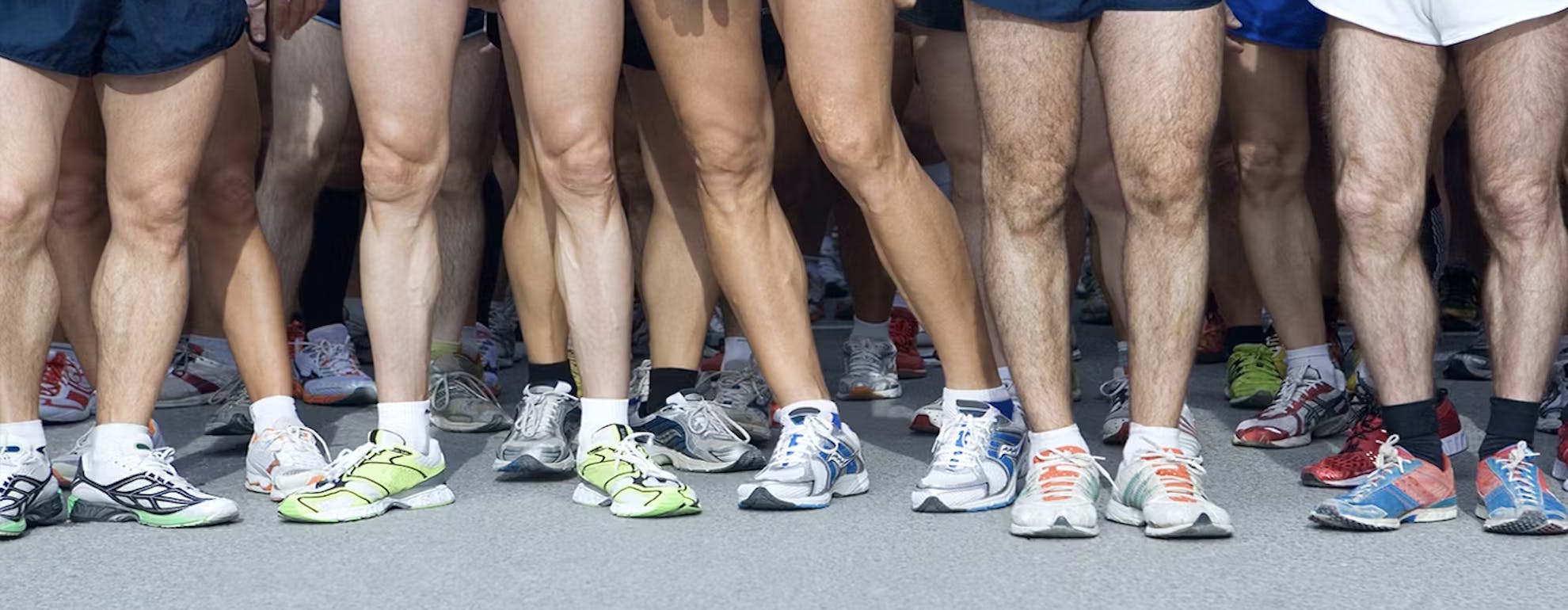
The best clothes to wear on a Hike
While no one wants to be accused of having “all the gear and no idea,” for comfort and safety’s sake it’s essential to make sure that you’re wearing the right kit for long hikes. Inclement weather conditions, rough terrain, a sudden drop in temperature while heading towards a mountain summit and spending hours on our feet make technical apparel that keeps us warm, dry and comfortable a top priority.
That said, taking heaps of kit on your hike is a no-no, as you’ll also need to be as light and agile as possible to navigate long and steep ascents and tricky uneven ground underfoot. We all know that a good pair of hiking boots are a must, but with all these other factors in mind, what are the other essential pieces of apparel for a hike?
ㅤ
1. WATERPROOF OUTER LAYER
It might be warm and sunny when you head out on your adventure, but more often than not that won’t reflect the weather conditions you’ll encounter along the way. Especially if you’re heading into the hills or summiting mountains where conditions can change in an instant and you’re highly likely to encounter fog and rain on your climb - even in peak summer.
Once you get wet out there, without an effective outer layer, you’re guaranteed a cold, miserable experience for the rest the day. This is where a waterproof jacket comes in to help keep the elements out. You should be looking for a jacket that is fully waterproof. A “shower proof” or “water resistant” jacket won’t cut it in a sudden downpour out on the fells. Make sure to check the waterproof rating – measured by the fabric’s HH (Hydrostatic Head) rating. The higher the number, the more waterproof the fabric and as an absolute minimum, you should be looking at a rating of 10,000 HH or higher. Taped seams will also help keep wet and damp out while a peaked hood not only keeps rain off your head but more importantly, stops it from rolling down the back of your neck.
You’ll also need to consider breathability – there’s nothing worse than dripping in sweat inside a waterproof jacket that doesn’t breathe as you’re pushing yourself to tackle a big hill climb. The breathability of fabric is measured in grams and a good number to look for is a breathability rating of around 20,000g.
Other features to consider are reflectivity if you find yourself returning home at dusk (or in the worst-case scenario, for visibility should things go wrong and you need to be rescued) and plenty of pockets to stow essentials. Be sure to balance all of this against the weight of the jacket – keep it as lightweight as you can while ensuring the jacket has all the features you’ll need. Remember, you need to carry all your kit with you.
ㅤ
2.TECHNICAL BASE LAYER
Your baselayer sits next to the skin and should be as breathable as possible to allow sweat to evaporate from the skin, keeping you dry and comfortable and avoiding irritation. Here, look for technical wicking fabrics and flatlock seams that won’t chafe over hours of hiking. Lots of baselayers also now feature UV protection and anti bacterial-anti odour properties – useful on long hikes or if you’re camping and want to wear it more than once.
In cold weather, wear a thermal baselayer for additional insulation - or if the mercury really goes low, supplement it with an additional thermal fleece midlayer. Remember, as you’re ascending higher peaks, the temperature will drop significantly from the base temperature you set out with.
ㅤ
3. HIKING SOCKS
All too easily forgotten, but if anything is going to ruin your experience, it’s going to be blisters so these really are a must-have item. A good pair of hiking socks will provide all the protection you need – without adding lots of bulk. Again, you should be looking for technical wicking fabric that will wick sweat and other moisture away from your foot and help keep your feet dry and comfortable while reducing the risk of chafing and irritation. An ergonomic fit and seamless toe will also help reduce the risk of rubbing and blisters while fabrics such as Merino wool also have anti-microbial properties to help prevent odour building up. Be sure to lookout for cushioning at the heel and toe for added comfort and to help reduce impact.
Interested in the latest shoes, apparel and technology? Then head over to our Kit & Gear category for more reviews, tips, advice and product releases.
Welcome
Welcome to SportsShoes Kit & Gear Hub! Here you'll find all the information and advice you need about the very latest kit, technology and gear.
Read More
Share this
Featured Articles
View All



